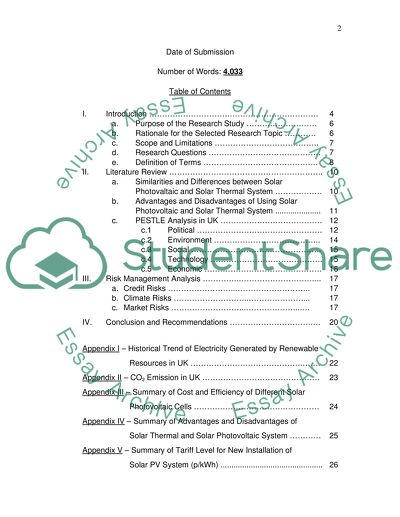Cite this document
(“Market Risk Analysis on Solar Thermal vs. Solar Photovoltaic System in Essay”, n.d.)
Retrieved from https://studentshare.org/environmental-studies/1406602-industry-risk-analysis
Retrieved from https://studentshare.org/environmental-studies/1406602-industry-risk-analysis
(Market Risk Analysis on Solar Thermal Vs. Solar Photovoltaic System in Essay)
https://studentshare.org/environmental-studies/1406602-industry-risk-analysis.
https://studentshare.org/environmental-studies/1406602-industry-risk-analysis.
“Market Risk Analysis on Solar Thermal Vs. Solar Photovoltaic System in Essay”, n.d. https://studentshare.org/environmental-studies/1406602-industry-risk-analysis.


